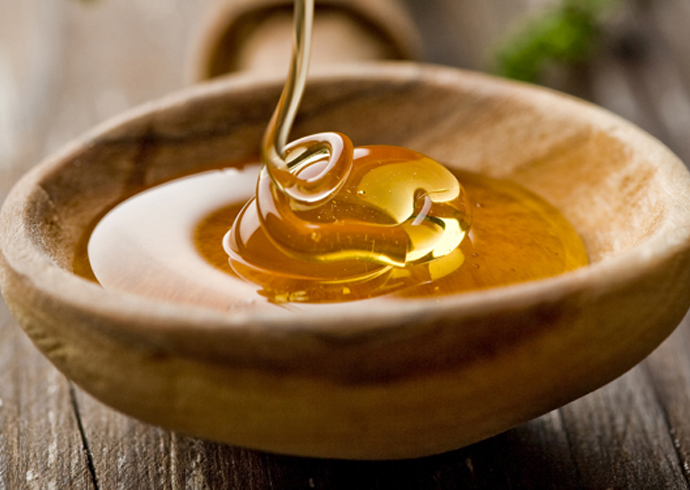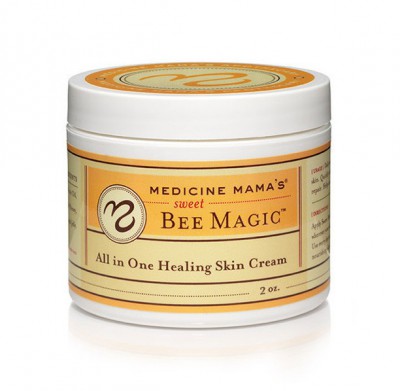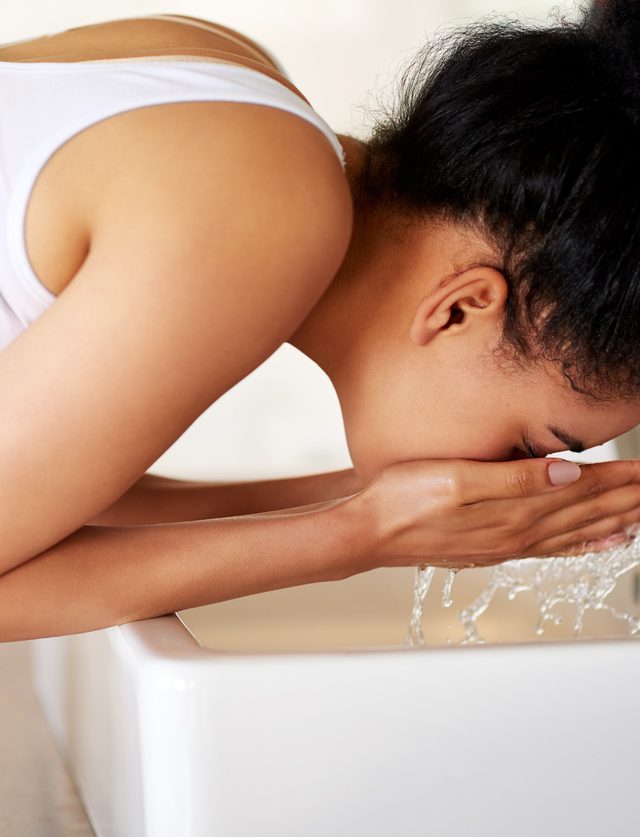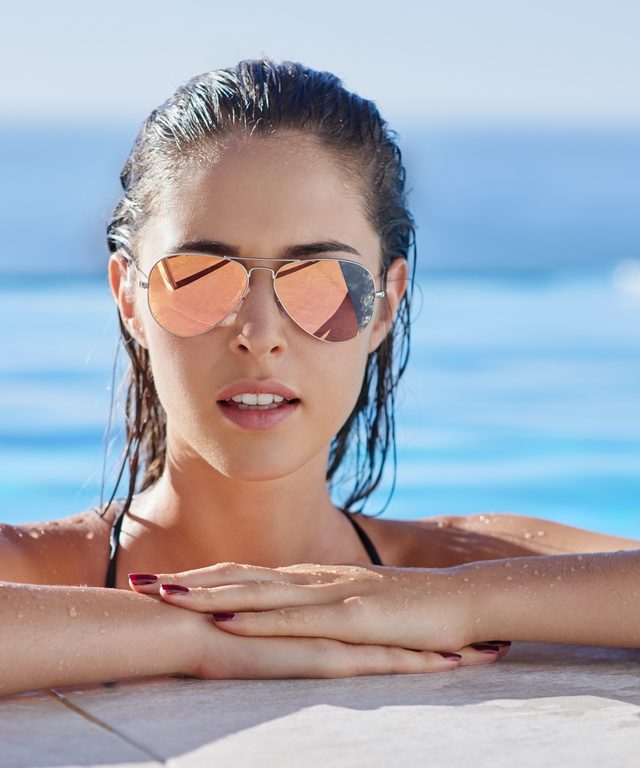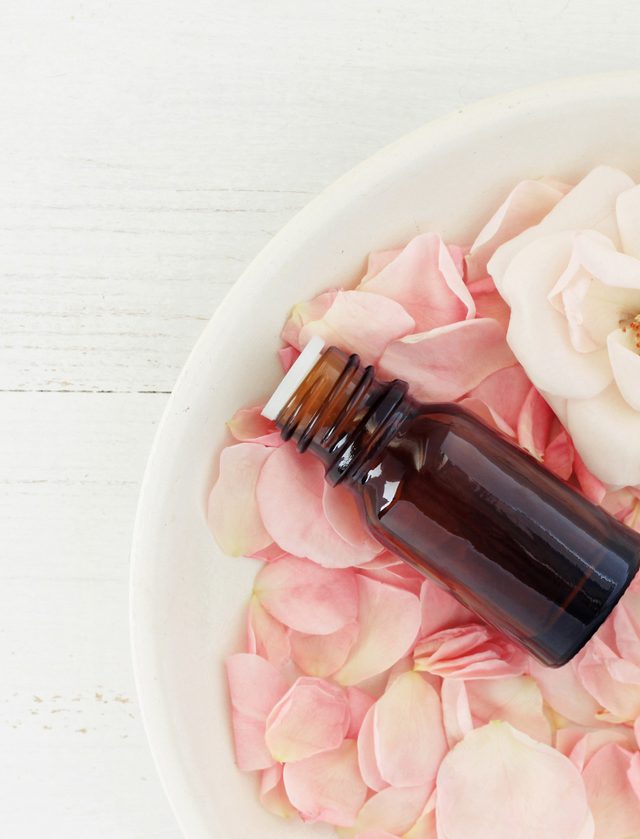When it comes to skincare, there is no match for what Mother Nature has to offer, and the creation of the mighty honeybee brings an abundance of supercharged, skin-boosting ingredients to incorporate into our beauty routine--but did you know there's more than one variety of this sweet ingredient? Ingrid Doucet, green beauty guru and owner of online green beauty retailer Clementine Fields, considers honey one nature's best natural moisturizers and says: "Honey, bee propolis and royal jelly are fantastic for the skin as they are antibacterial, hydrating and anti-inflammatory." In addition, Doucet goes on to point out that "they contain antioxidants, vitamins such as Vitamin B, and minerals including Calcium, Copper and Iron and work wonders for dry, acneic and aging skin." Here’s the buzz on how our skin can benefit from our winged friends and some products to help you get started.
Manuka Honey
Manuka Honey is produced in New Zealand from the nectar of the manuka flower that blooms in January for a certain number of months. During those months, South Island honeybees gather the manuka nectar to take back to the hive to begin the process of converting the nectar into honey. Manuka honey is rich in therapeutic benefits containing complex sugars, amino acids, organic acids, vitamins, flavonoids, and other naturally occurring compounds. It is known to have potent anti-bacterial and anti-microbial properties and can be used both internally and topically, making it a great base for a DIY face mask on its own or mixed with other skin enhancing superfoods.
Propolis
Propolis is a sticky, glue-like substance produced by bees using the resin gathered from the buds of trees. The resin is blended with wax flakes stored in the gland of a bee’s abdomen and then taken back to the hive where it has become propolis used to patch up holes in the hive. Bees also use propolis as an antiseptic barrier, in which the sticky substance covers invaders to prevent contamination of the hive. In skin care, propolis is a powerful healing treatment with natural antiseptic and immune boosting properties. It contains powerful antioxidants and is rich in amino acids, bioflavonoids, minerals and vitamins.
Royal Jelly
Royal jelly is a substance secreted from glands near the head of worker bees. In the hive, royal jelly is fed to honey bee larvae for the first few days of their lives, for a heavy dose of nutrition to get young bees off on the right foot. It is also used to feed the future queen bee, in which a special cell in the comb called a ‘queen cell’ is filled with royal jelly. The consumption of royal jelly allows a queen bee to live up to five years compared to the average eight-month lifespan of a typical worker bee. Although royal jelly is mostly water, it is highly nutrient-dense, containing protein, minerals, and vitamins (in particular high levels of B vitamins) making it a powerful addition to skin care products applied topically to promote cell regeneration and tissue repair.

